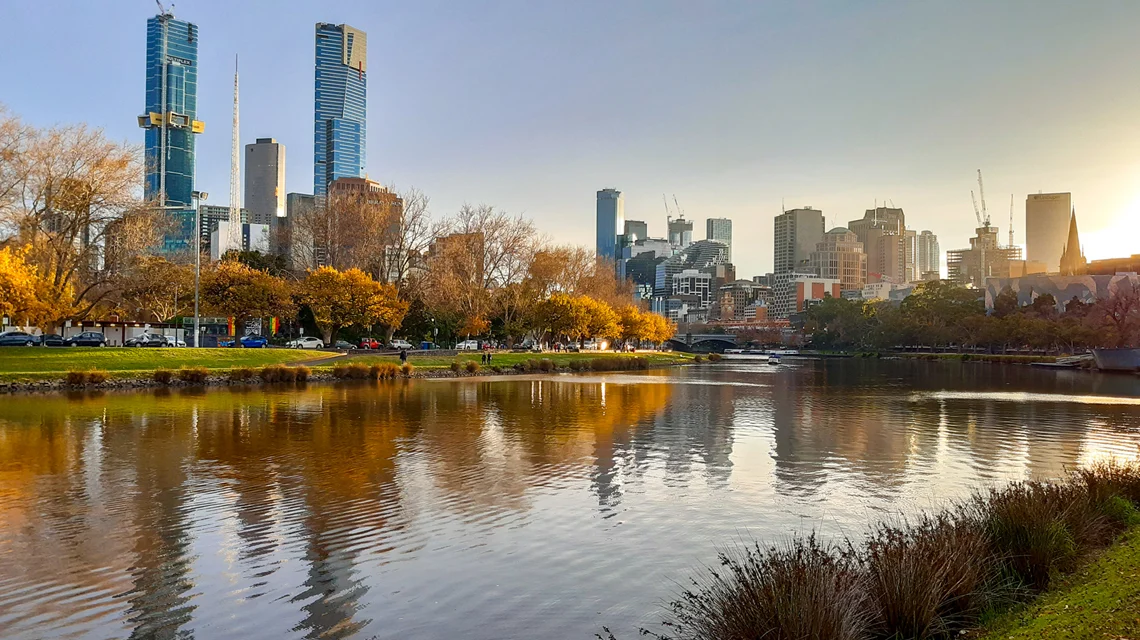How to: Plan an ensuite bathroom
Once considered a luxury, ensuites are now standard fare in modern homes and it’s easy to see why.
Without them, we’d still be traipsing around the house in the middle of the night to go to the toilet.
Whether you’re designing a new build or renovating an existing property, a carefully planned ensuite is a must. Master bedrooms with ensuites are highly sought after and can increase the resale value of your property.
Yet in many homes ensuites still play the supporting act to the main bathroom, even when they are used more frequently.
Here are our top tips for ensuring you plan your ensuite bathroom right.
Wish list
First up, write a list of essential elements for your ensuite.
Some people may desire a bath in their ensuite, while others may be happy with a shower.
Every home should have at least one bath. When you’re looking to sell, not having one cuts out families, who are a rather large segment of the market. If the main bathroom doesn’t have a bath, ensure the ensuite does.
Other questions to ask:
– Do you want one shower or two?
– Does the ensuite need to accommodate one or two people?
– Do you want it to have a spa-like feel with wall showers or not?
– Do you want a wet room or do you want a sealed-off area?
– Would you like two basins or would one suffice?
– Do you want a concealed toilet cistern or not?
Also keep in mind that your wish list may be curtailed depending on the project.
If you’re creating an ensuite for a new build you will have complete a license over its shape and size, but if you’re working with an existing ensuite, you’ll need to decide whether you want to keep the existing layout or change it.
Practical considerations
If you’re looking at changing the existing layout of your ensuite, you’ll need to factor in plumbing and electrical considerations. It’s always a good idea to look at natural light and ventilation too.
Given that most people tend to renovate a bathroom every 10-15 years, you may find that technology and products have changed a lot since you last carried one out.
Advances in windows, ventilation and skylights mean there may be more options out there to help you design the best ensuite for your needs.
Functionality & storage
Once you have compiled your wish list, and looked at your ideal layout, you can then start to work out what you’re able to fit in the space.
Functionality is key for such an important room – be clever and think outside the box. Think about storage and how you will actually use the space.

A wall mounted shaving cabinet is a great storage solution and excellent use of what is otherwise dead space.
Another fabulous use of space is under-sink shelving. If the room is very small, a floating wash basin can make it feel larger.
Finishes
As with all areas of interior design, your choice of finishes is imperative.
Given most ensuites have a relatively small footprint, it is important to choose finishes that make the space feel larger. With regard to tiles, white or lighter-coloured ones are a fail-safe choice for making an area feel more expansive.
If the space is on the small side, large format tiles taken all the way to the ceiling are a brilliant choice as they will make the room feel larger.
For the wash area rain showers are a good space-saver and frameless shower screens give the illusion of space too.
Source: www.realestate.com.au

